Embracing the Future: The Transformative Power of Renewable Energy
In a world focused on carbon reduction, renewable energy strides promise a greener future. Solar, wind, and biomass surge, mitigating climate change and fostering economic growth. Challenges persist, but innovation, global cooperation, and individual actions make the transition inevitable.
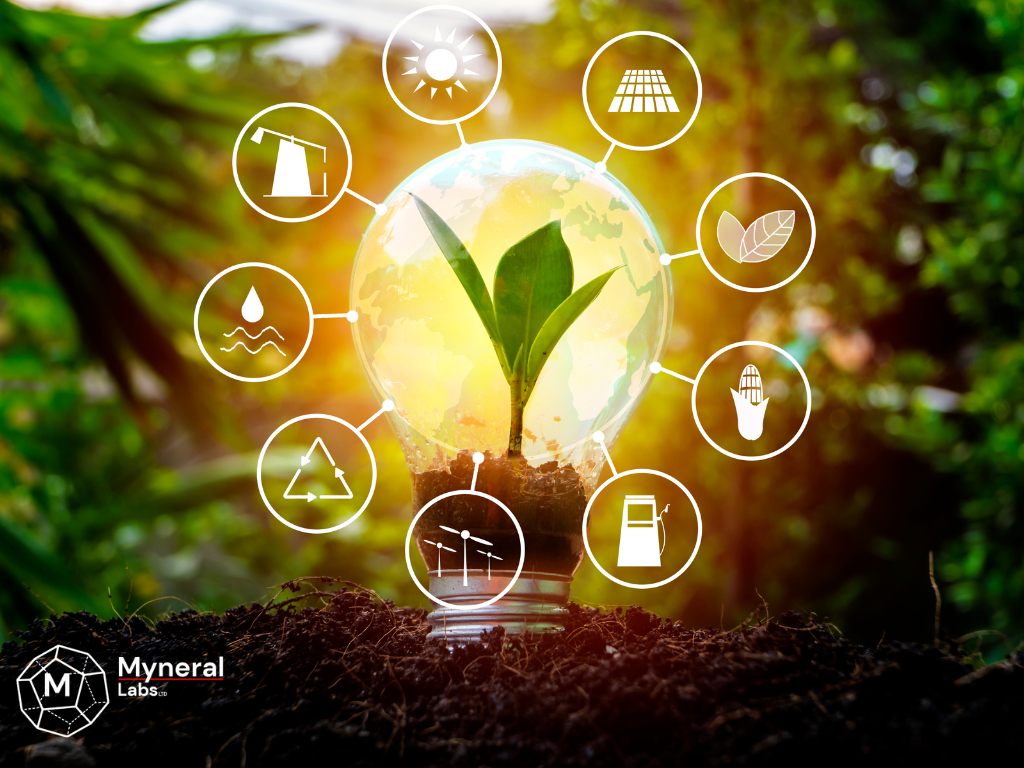
As we find ourselves in a world when carbon emissions and sustainability is at the forefront of consumer’s minds, it is fitting to focus on the remarkable strides made within the realm of renewable energy. The world is undergoing a pivotal shift towards cleaner and more sustainable sources of power, a departure from traditional fossil fuels that have long driven our global energy needs throughout all industries. Renewable energy has emerged as a shining light in our pursuit for cleaner energy and lower carbon emissions globally, promising not only a greener planet but also economic and social benefits that will affect all regions across the globe.
In recent years, renewable energy has experienced an unprecedented surge in popularity and adoption. Solar, wind, hydro, geothermal, and biomass are among the key players in this transformative journey. The growing awareness of the environmental impact of fossil fuels, coupled with advancements in technology, has paved the way for renewable energy to become a mainstream contributor to the global energy landscape.
Solar energy stands out as one of the most promising and rapidly growing renewable energy sources. The development of photovoltaic (PV) technology has led to a substantial decrease in the cost of solar panels, making solar power increasingly accessible to the masses. From vast solar farms in deserts to rooftop installations on homes and businesses, solar energy is diversifying the energy mix and reducing dependence on increasingly finite resources.
:max_bytes(150000):strip_icc()/blue-solar-panels-1226088001-cee91a7ba920447280aed1d081b44859.jpg)
Wind energy has also gained momentum as a clean and efficient power source. Technological advancements in wind turbine design and manufacturing have significantly increased their efficiency and lowered costs. Offshore wind farms, in particular, are capitalizing on stronger and more consistent winds, offering a scalable solution to meet growing energy demands.
Hydropower remains a reliable party in the renewable energy sector. Dams and hydroelectric power plants provide a consistent and reliable source of energy, contributing significantly to the global electricity supply. Despite environmental concerns associated with dam construction, the benefits of hydropower in reducing greenhouse gas emissions cannot be ignored.
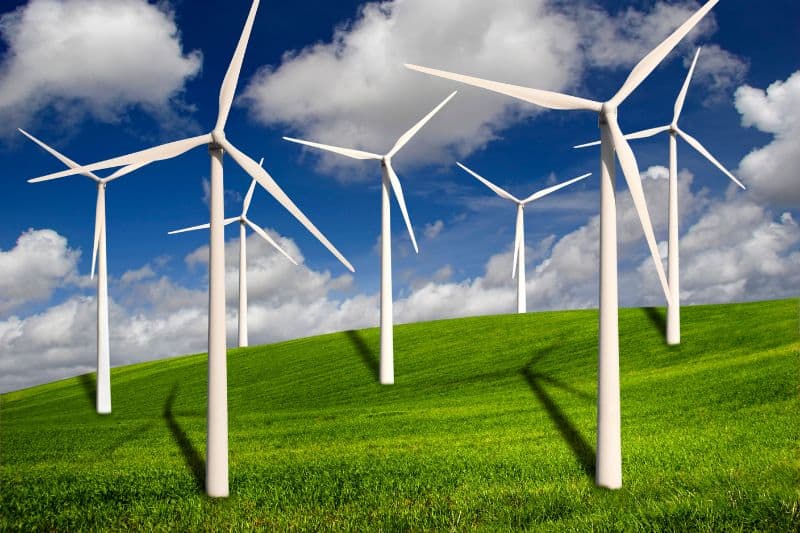
Geothermal energy taps into the Earth's internal heat, harnessing it for power generation and heating applications. This clean and sustainable energy source is particularly valuable in regions with abundant geothermal resources. As technology improves, geothermal power plants are becoming more efficient and cost-effective, offering a reliable source of baseload power.
Biomass agricultural residues along with agricultural waste, plays a crucial role in the transition to renewable energy. Biomass power plants generate electricity while mitigating the environmental impact of organic waste. Sustainable biomass practices, such as replanting trees and utilizing waste products, ensure that biomass remains a carbon-neutral energy option.
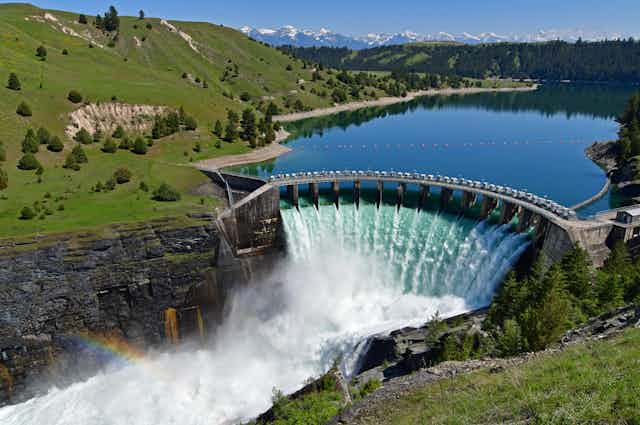
The Environmental Impact
The environmental benefits of embracing renewable energy are undeniable. Unlike traditional fossil fuels, renewable energy sources produce little to no air pollutants or greenhouse gas emissions during operation. This reduction in emissions contributes to the fight against climate change, helping to mitigate the global temperature rise and its associated consequences, such as extreme weather events, rising sea levels, and loss of biodiversity.
Furthermore, the extraction and combustion of fossil fuels have long been associated with environmental degradation and animal habitat destruction. The transition to renewable energy minimizes these negative impacts, preserving ecosystems and safeguarding the delicate balance of our planet's biodiversity.

There are challenges on the path to a full transition to renewable energy sources, and the industry know that some of these hurdles will be tough to surpass. Unlike traditional fossil fuel plants that can provide a constant and reliable power output, renewable energy sources are dependent on a number of weather conditions and surrounding circumstances. This can lead to intermittency and variability in the amount of power these renewable energy plants are able to provide to communities.
Cloud cover, wind patterns and seasonal changes can impact energy production, which will result in a reduced power supply from the plants in the affected areas. This can be a problem for the local and regional energy grids, where vital parts of our society and communities are reliant of consistent and sustained power outputs.
The industry needs to put a stronger focus on creating long-term energy storage facilities, so that it can combat these periods of reduced energy production. The advanced developments of advanced energy storage technologies, means that there is now a viable solution, to provide local communities with this energy storage capability. Large-scale batteries can store excess energy produced during peak production times and release it later when demand increases.
Additionally smart-grids systems can help to balance the supply and demand more efficiently, which will help mitigate the impacts of intermittent renewable energy production.

Large scale investments are going into the development of large-scale alternative energy storage options, to make this medium more accessible for the masses. Some of the current alternatives being worked on are flow batteries, compressed air energy storage and advanced thermal storage. These alternatives will give the industry more sustainable and scalable options for storing renewable energy globally.
Economic Opportunities and Job Creation
Apart from environmental considerations, the renewable energy sector presents a wealth of economic opportunities. As governments and industries invest in clean energy infrastructure, job creation becomes a significant driver of economic growth. The manufacturing, installation, operation, and maintenance of renewable energy systems create employment across various skill levels and sectors. This positive cycle also promotes legislature to pass legislation for more conducive conditions for businesses, industries and investors to continue their developments in this space.
The transition to renewable energy stimulates innovation and entrepreneurship. Start-ups and established companies alike are developing cutting-edge technologies, energy storage solutions, and smart grid systems to optimize the integration of renewable sources into the existing energy infrastructure.
Some start-ups are also looking a applying new technology to the renewable energy space, that wasn’t originally designed with these use cases in mind. One example is blockchain technology, which has a number of use cases in the renewable energy space. It is used in the smart grids to monitor and manage the supply and demand for the energy being stored in the grid in real time, and integrate new renewable energy sources.
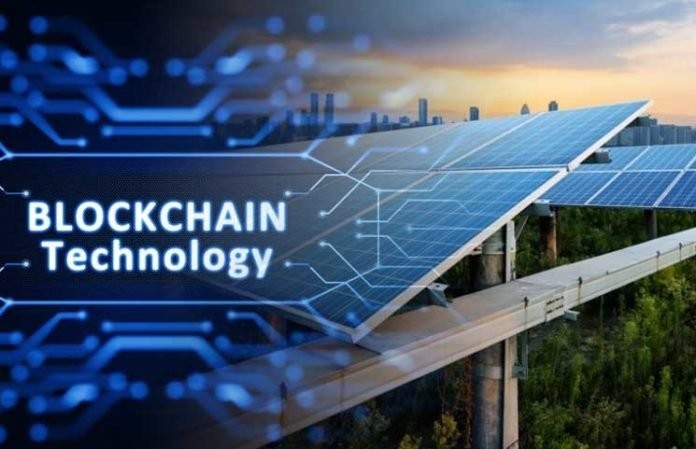
Blockchain is also used in energy trading, where it is possible to create peer-to-peer energy trading networks, where businesses and individuals can purchase and sell renewable energy directly to each other.
Finally, blockchain can also be used in the renewable energy production processes, where it can integrate with operational systems, and provide a full audit trail of the energy production, which is tamper proof and can be shared with downstream consumers, as they look to where they want to purchase their energy from.
Energy Independence and Security
Diversifying the energy mix through renewable sources enhances energy independence for nations across the globe. By reducing reliance on imported fossil fuels, countries can attempt to insulate themselves more effectively than previously, from the geopolitical uncertainties, like we have seen in the last couple of years around the Russia/Ukraine conflict, as well as market fluctuations associated with traditional energy sources. Reducing the required transport and movement of energy reserves, will reduce the impact on the environment. This bolsters national security and provides a more stable foundation for economic development.
Challenges and Solutions
While the benefits of renewable energy are evident, challenges persist on the path to a sustainable future. One challenge is the need for significant upfront investments in renewable infrastructure. Governments, businesses, and financial institutions must collaborate to create favourable policies, incentives, and financing mechanisms that facilitate the transition to clean energy.
The integration of renewable energy into existing energy grids also requires careful planning and investment in smart grid technologies. These technologies enable better management of energy flow, balancing supply and demand efficiently.
Decentralized energy grid management through blockchain technology is one solution, which could help facilitate the integration of renewable energy into the grid. Allowing for real-time monitoring and management of the energy reserves, helping to balance the supply and demand of the energy grid. Through the establishment of a decentralized energy storage set-up, individual and entities would be able to supply excess energy to the overall grid, during peak hours or times of intermittent energy availability.
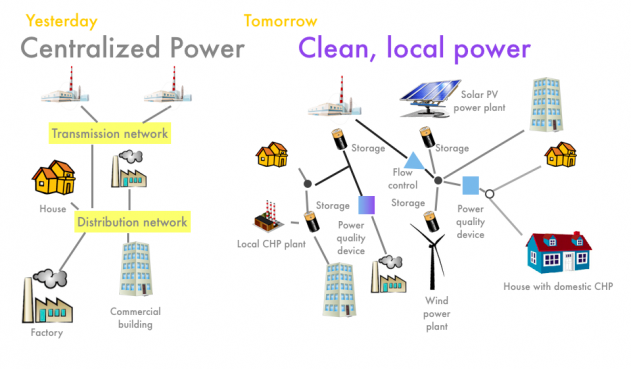
A final challenge for the industry, is to combine sustainable practices with sustainable technology. A company cannot only incorporate one or two sustainability actions, they need to make sure it goes together with an entire sustainable supply chain.
An example could be a battery manufacturer transitioning to renewable energy from solar power, but they are still using far too many REE materials in their actual battery production environment. If this is the case, then the environmental impact will not be sufficiently reduced, since the REE mining requirement would still be a heavy burden on the environment.
A company’s sustainability efforts have to be strategic implementations throughout the entire company, and not just single individual efforts.
International Cooperation and Policy
Addressing the global energy transition requires international collaboration and a shared commitment to sustainability. Multilateral agreements and frameworks, such as the Paris Agreement, set the stage for nations to collectively work towards reducing carbon emissions and promoting renewable energy adoption.
Governments play a pivotal role in creating an enabling environment for the growth of renewable energy. Implementing supportive policies, offering incentives, and setting ambitious renewable energy targets contribute to the acceleration of the clean energy transition.
The latest meeting of governments in Dubai at the COP28, resulted in more than 100 countries agreeing on tripling the renewable energy capacity by 2030, so there is willingness to work on this at government levels, but it is a continuous process, that requires extensive dedication to the cause from these governments – even as they go through election cycles and changing political leaders.
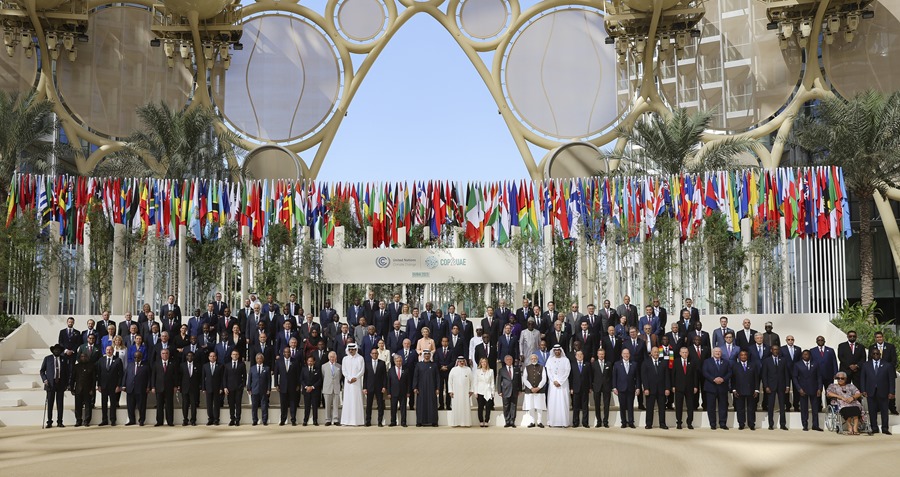
The Role of Individuals
While governments and industries play critical roles in the transition to renewable energy, individual actions also contribute significantly to the cause. From choosing energy-efficient appliances to supporting renewable energy initiatives in their communities, individuals can make a positive impact on the environment. Consumer demand for clean energy options encourages businesses to invest in renewable technologies and adopt sustainable practices.
Conclusion
As we celebrate the first anniversary of our commitment to a sustainable future, the journey towards renewable energy continues to unfold. The remarkable progress made in harnessing the power of the sun, wind, water, and Earth itself demonstrates the transformative potential of renewable energy. From mitigating climate change and preserving ecosystems to creating jobs and fostering economic growth, the benefits of embracing renewable energy extend far beyond the realm of power generation.
The challenges ahead are significant, but with concerted efforts, innovative solutions, and global cooperation, the transition to renewable energy is not only possible but inevitable. The choices we make today will shape the energy landscape for generations to come, influencing the well-being of our planet and the prosperity of its inhabitants. As we look towards the future, let us continue to embrace the promise of renewable energy, recognizing its power to illuminate a brighter, cleaner, and more sustainable.
